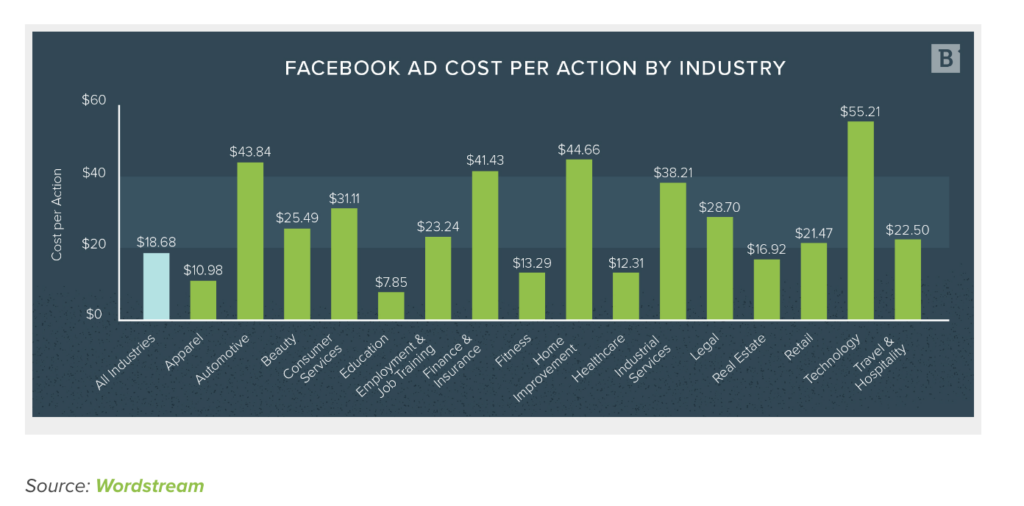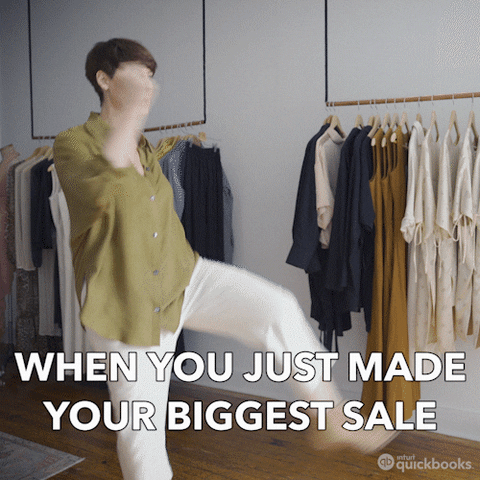Welcome
the BLOG
Ads 101: Running ads for lifestyle businesses for greater discoverability [5 Tips]
By Rubi Samano
In the dynamic landscape of marketing, advertising campaigns are often neglected, dismissed as “complex,” or excluded from small business strategies. However, it’s time to bust the myths surrounding ad campaigns and empower small businesses to harness their potential.
Let’s dive into the process of deciding if you’re ready for ads and how to build a campaign without feeling overwhelmed.
Overcoming Common Misconceptions
Ad Campaigns Unveiled
Ad campaigns are straight forward with the right formula and approach. The first step is to dispel the myths that surround them. Small businesses often shy away from advertising, assuming it’s beyond their reach. Let’s break down these barriers and explore the possibilities.

Key Steps to Build a Successful Ad Campaign
1. Crafting Your Marketing Strategy: Defining Success
The foundation of any successful ad campaign lies in a well-defined marketing strategy. Start by establishing your goals and determining key measures of success. How will you gauge the effectiveness of your campaign? Clarifying these aspects is crucial before diving into the world of advertising.
Here are some common Key Performance Indicators for beauty brands online:
Sales and Conversion
- Sales: This is the total revenue generated through your online store.
- Conversion Rate: This measures the percentage of website visitors who make a purchase.
- Average Order Value (AOV): This is the average amount spent per order.
- Customer Acquisition Cost (CA): This tracks how much it costs to acquire a new customer.
Customer Engagement
- Website Traffic: This measures the total number of visitors to your website.
- Bounce Rate: This is the percentage of visitors who leave your website after viewing only one page.
- Time on Site: This measures the average amount of time visitors spend on your website.
- Social Media Engagement: This tracks metrics like likes, comments, and shares on your social media platforms.
Customer Retention
- Customer Lifetime Value (CLTV): This measures the total revenue a customer is expected to generate over their relationship with your brand.
- Repeat Purchase Rate: This tracks the percentage of customers who make a second purchase.
- Customer Churn Rate: This measures the percentage of customers who stop doing business with you.
Other KPIs
- Inventory Turnover Rate: This measures how often your inventory is sold and replaced.
- Cart Abandonment Rate: This tracks the percentage of shoppers who add items to their cart but don’t complete the purchase.
- Return on Ad Spend (ROAS): This measures the effectiveness of your online advertising campaigns.
The specific KPIs that are most important for your beauty brand will depend on your unique business goals and target audience. However, tracking these metrics can help you understand what’s working and what’s not, and make data-driven decisions to improve your online performance.

2. Knowing Your Customer Inside Out: The Power of Customer Insight
Understanding your audience is key! Dive deep into their preferences, pain points, and decision-making triggers. To create a compelling ad, you must know your customers inside out. This knowledge will be the driving force behind crafting messages that resonate with your target audience.
Ways of knowing your customer better,
Website Analytics and User Behavior:
- Track website behavior: Use analytics tools to see how customers navigate your website, what pages they linger on, and what products they click on. This can reveal buying interests and areas for improvement on your site.
- Heatmaps and session recordings: These tools provide visual data on where users click and scroll, giving a deeper understanding of user interaction with your website.
Social Listening and Reviews:
- Social media monitoring: Follow brand mentions, discussions about your products, and beauty trends on social media platforms. This reveals customer sentiment and interests.
- Online review analysis: Pay attention to reviews on your website, social media, and other beauty review platforms. Analyze the positive and negative aspects highlighted to understand customer pain points and preferences.
Look at Purchase Data:
- Purchase history: Analyze customer purchase history to identify buying patterns, product combinations, and frequently re-purchased items. This can inform product recommendations and future promotions.
- Demographics and location data: Look at anonymized customer data like location and demographics (if applicable) to understand your target audience better.
Surveys and Interactions:
- Targeted surveys/client interviews: Craft surveys with specific goals, like understanding customer preferences for new product features or preferred communication channels.
- Live chat and email interactions: Analyze interactions with customer service representatives through live chat and email exchanges. This can reveal buying hesitations, product issues or areas where you can improve communication.
Bonus: collect data on language similarities and patterns and build that into your own brand voice.
By using a combination of these methods, you can build a well-rounded picture of your customers and their needs. This will allow you to tailor your marketing strategies, product offerings, and overall customer experience for better results.

3. Scaling Your Business with Ads: Identifying the Growth Signals
Scaling your business requires a strategic approach. Recognize the signs of readiness, such as a steady monthly revenue stream or a sense of plateau during slow seasons. Ads can be a catalyst for accelerating results, but timing is crucial. Ensure you’ve validated your product or service organically and established a healthy conversion rate before venturing into advertising.
Common reasons beauty brands choose to elevate their brand with social ads, oftentimes it’s not just about making a quick buck but rather a more sophisticated strategy:
- Targeted Reach: Social ad platforms allow for highly targeted campaigns. Brands can reach users based on demographics, interests, and even past purchase behaviour. This ensures their message gets in front of people most likely to be interested in their beauty products.
- Visual Storytelling: Social media is a visual medium, perfect for showcasing beauty products. Brands can leverage high-quality images and videos to demonstrate product application, benefits, and achieve an aspirational aesthetic.
- Influencer Marketing Integration: Social media is the natural habitat for beauty influencers. Brands can partner with relevant influencers to promote their products in a more authentic and relatable way, leveraging the influencer’s established trust with their audience.
- Building Brand Community: Social media allows for two-way communication. Beauty brands can use social ads to spark conversations, answer questions, and build a loyal community around their brand. This fosters trust and encourages user-generated content, further amplifying brand awareness.
- Driving Sales and Conversions: Social media ads can be directly linked to a brand’s website or online store. This creates a seamless path for users to discover a product through an ad and make a purchase right away.
- Measurable Results: Social media advertising platforms offer extensive analytics. Beauty brands can track the performance of their ads, measuring metrics like reach, engagement, and click-through rates to optimize campaigns for better results.

4. Setting a Realistic Budget: The Financial Blueprint
A realistic budget is the backbone of any successful ad campaign. Research industry standards to determine an appropriate monthly spend, and commit to running ads for at least three months. Like any worthwhile endeavour, results take time, and consistency is key.
Here are some ad spend benchmarks across all industries, as per Brafton.com:
Facebook Ad Cost per Action by Industry
“As Facebook explains it, “Cost per action (CPA) allows you to pay only for actions people take because of your ad. This is useful if you want to control how much you pay for specific actions.
For example, you can use CPA to monitor how much you pay on average for link clicks instead of impressions.”
In other words, you can opt to pay only when a Facebook user interacts with your ad in the desired manner, instead of paying whenever you get eyeballs on your ad. But you’ll pay a higher rate for this more targeted approach.
Across industries, the average CPA is $18.68. Education has the lowest rate at $7.85, while technology exceeds all other industries at a cost of $55.21 per action.
Several verticals fall between $21 and $32, including retail, travel and hospitality, employment and job training, beauty, legal and consumer services. For a CPA between $41 and $44, there are the finance and insurance, auto and home improvement industries.” Source.
Check out this visual across all industries…


5. Bonus Tip: Beyond Boosting: Differentiating Boosted Posts and Campaigns
Boosting is not a substitute for a well-planned ad campaign—it’s a mini ad at best. Differentiate between the two and use boosting as a supplementary tactic. Real campaigns are comprehensive, carefully planned tactics that yield substantial results.
When to boost and when to run a full ad campaign:
| Scenario | Boosting | Full Ad Campaign |
|---|---|---|
| Goal | Increase engagement on existing content | Generate brand awareness, sales, or leads |
| Content | High-performing organic post | New content or campaign |
| Audience | Existing followers or a similar audience | Targeted audience based on demographics, interests, etc. |
| Budget | Smaller, limited budget | Larger, more flexible budget |
| Customization | Limited targeting and ad format options | Extensive targeting, ad format, placement, and budget options |
| Time Commitment | Quick and easy setup | Requires more time and effort to create and manage |
| Data & Analytics | Basic insights | Detailed performance tracking and optimization |
| Results Expected | Minimal and engagement related | Greater and in line with ad spend, more likely to lead to sustained revenue growth |
Final Thoughts
Armed with these insights, you now have a solid foundation to kickstart your advertising journey. Tweak these guidelines as needed, and you’ll be well on your way to having prospects flowing into your pipeline on autopilot.
At Studio Chitchat, we’ve assisted countless brands in scaling through effective ad campaigns, turning ad spend into delighted clientele. Contact us today to embark on your advertising adventure and witness the transformative power of strategic marketing.